Home » Woodcock Hunting » How to Identify American Woodcock Habitat
How to Identify American Woodcock Habitat
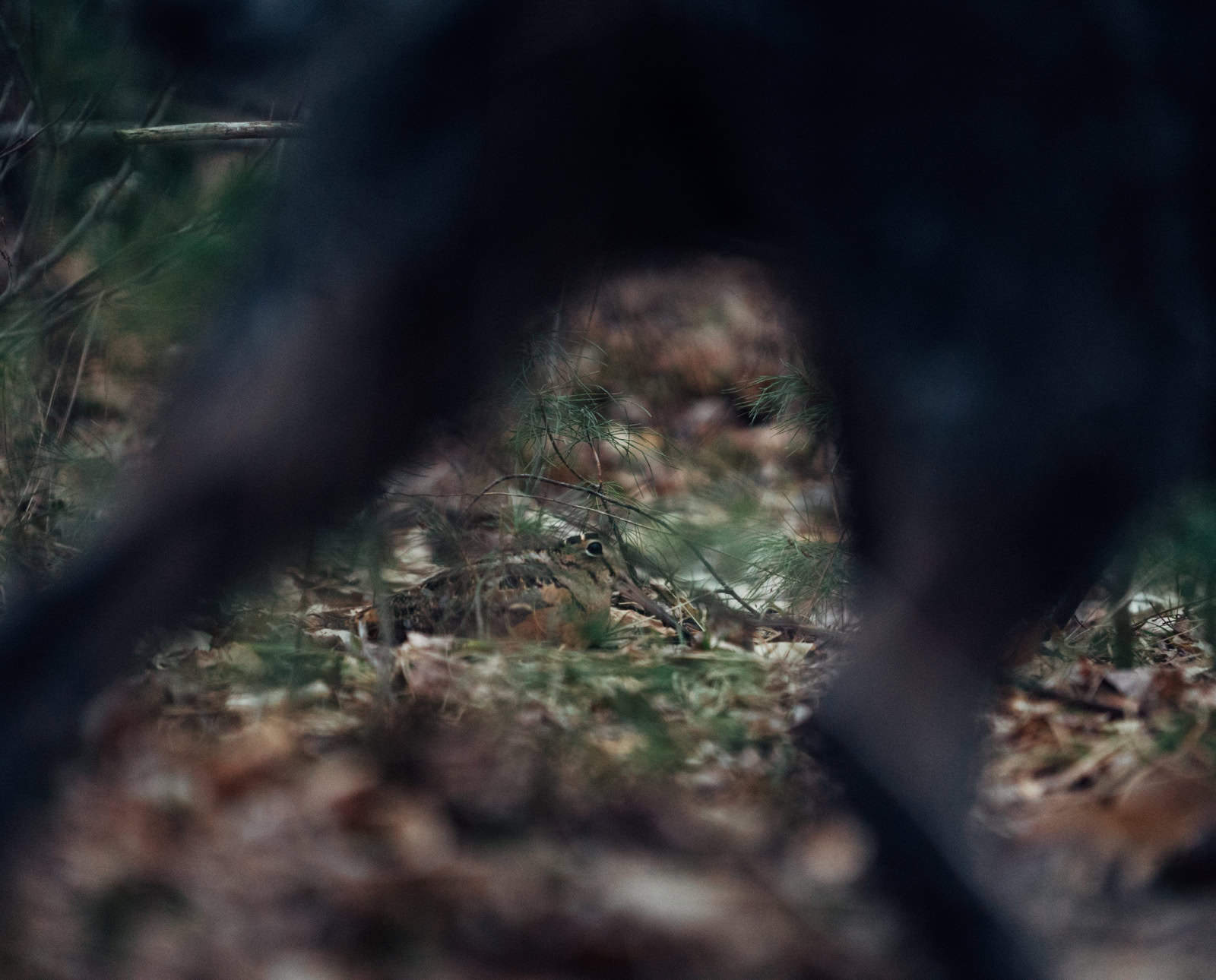
Raised in the upland bird mecca of Kansas, the passion…
Frank Loncarich has been a wildlife biologist for over 20…
Learn how to find woodcock habitat in the Northwoods, central and southern states, and along the Southern Atlantic coast from game bird biologists.
Most people associate American woodcock with the north woods. However, they are common throughout the entire eastern half of the United States over the course of their fall and spring migrations.
Listen to more articles on Apple | Google | Spotify | Audible
During the woodcock migration, these plump, bug-eyed brown birds utilize very similar habitat types across each state, albeit habitat that is comprised of very different species of trees and shrubs across their lengthy flight.
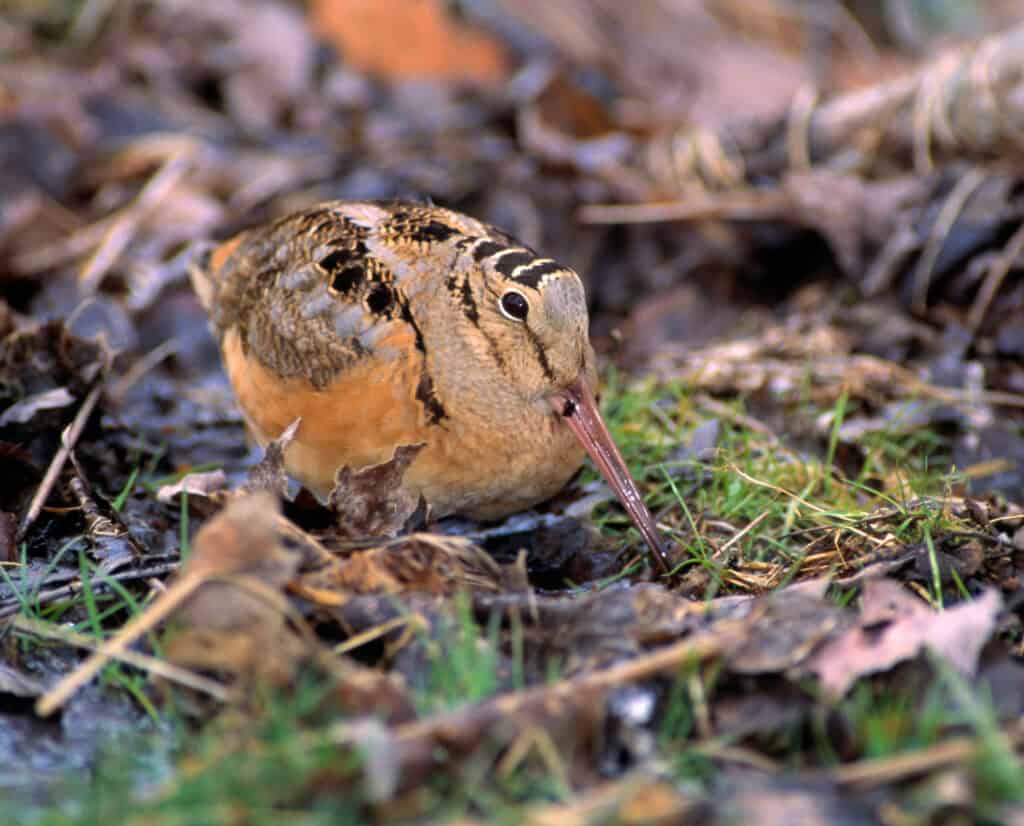
American Woodcock Prefer Dense Habitat
American woodcock key in on a specific structure of habitat rather than certain plant, shrub, or tree species. Their preferred structure consists of areas with high stem counts, regardless of what state a woodcock inhabits on any given day. This preference explains why they are just as likely to be found in a stand of aspen five to 10 years after a clearcut in Wisconsin as a draw filled with wild plum and dogwood shrubs in Missouri during migration.
Areas with high stem counts are usually associated with very little ground cover. A bit of grass or broadleaf plants may be scattered throughout the base of the trees or shrubs, but bare ground and leaf cover are the most common things found at the ground level. The bare ground allows woodcock to easily forage for worms and other invertebrates or loaf throughout the day. The high stem count overhead also provides protection from aerial predators, which is critical when much of their time foraging is spent looking down, rather than scanning the skies for danger. While woodcock still require openings to land, a thick canopy and even north-facing mountain slopes provide higher moisture levels on the ground that woodcock love.
Plant Species Woodcock Are Commonly Found Near
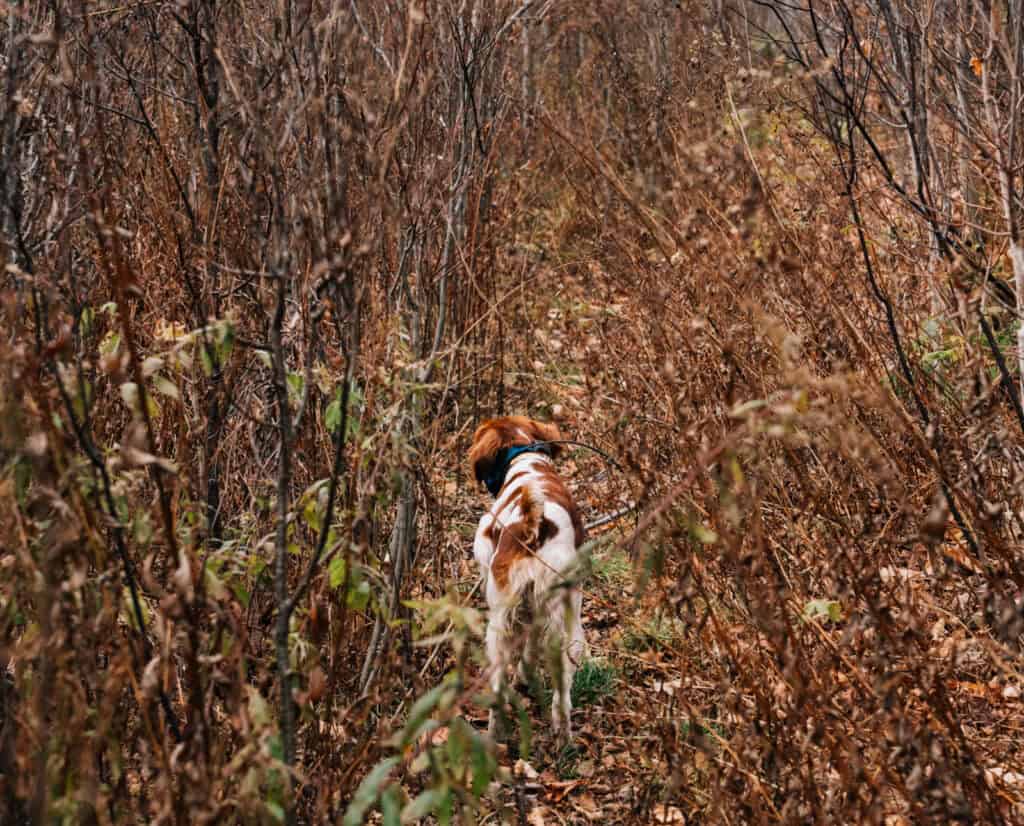
In The Northwoods
Although timberdoodles use a variety of trees and shrubs, there are a few species that are synonymous with these strange little birds. In the Northwoods, aspen and tag alder go hand in hand. Specifically, the seam between a stand of aspen and an alder swamp.
Aspen, characterized by their white bark, are a straight, fast-growing tree. Sometimes, aspen reach heights of up to 80 feet. Clumps of aspen trees are clonal, meaning the above ground stems are all genetically identical and share a common root system, which is somewhat unique in nature. Aspen’s value as a forest product helps create ideal habitat for woodcock because stands are rotationally clearcut, giving way to subsequent high stem counts as the aspen regrows for several years post-harvest.
Alder, another tree species, favors wet soil and typically has multiple stems rising from its base. These stems grow outwardly, resulting in a nearly impenetrable tangled mess that resembles a shrub more than a tree. This high stem density results in minimal ground cover of grasses or broadleaf plants, allowing woodcock to amble on the ground amongst the stems. Alder also has thin bark and is very intolerant of fire. This likely explains why they evolved to persist in wet, swampy areas.
Witch hazel is another woody plant that is commonly found up north and down the East Coast. Witch hazel is a shrub and typically grows less than 10 feet tall. It develops a yellow bloom in the fall, making it a special treat to observe during a fall stroll through the woods. Another thin-barked, fire intolerant species, witch hazel also prefers wet soil and is often associated with riparian areas. Given the affinity of woodcock to wet soils, it stands to reason they are often found in habitats where witch hazel abounds.
In The Central and Southern States
As the days get shorter, woodcock begin their migration south. They soon find themselves in areas void of aspen, alder, and witch hazel. Species of shrubs like American plum as well as gray and roughleaf dogwood provide the preferred structure these traveling birds seek.
These species grow in upland draws as well as field edges and old field areas. They typically develop as a thicket, often covering anywhere from a few hundred square feet up to several acres. Unlike alder and witch hazel, plum and dogwood evolved with fire. Although they are often top killed by fire, they readily resprout, quickly regaining their previous height within one or two growing seasons. Additionally, when these species resprout after a fire, they develop multiple stems. The higher stem density creates a thicket and maintains bare ground by blocking sunlight, aiding the woodcock in its mobility.
In the same south-central states where plum and dogwood abound, riparian zones choked by mulberry, maple, and boxelder trees also attract woodcock looking for abundant food to fuel their long, nighttime flights. These riparian species grow taller than desired for quality woodcock habitat, but in situations where younger stands prevail, the stem density provides ideal habitat.
None of these tree species are sought after as a high value forest product. However, mulberry, maple, and boxelder’s affinity for riparian zones results in occasional stand-replacing flood events every few decades. Major flooding events give way to new stands of young saplings. It’s during these recolonization periods that woodcock find these areas ideal.
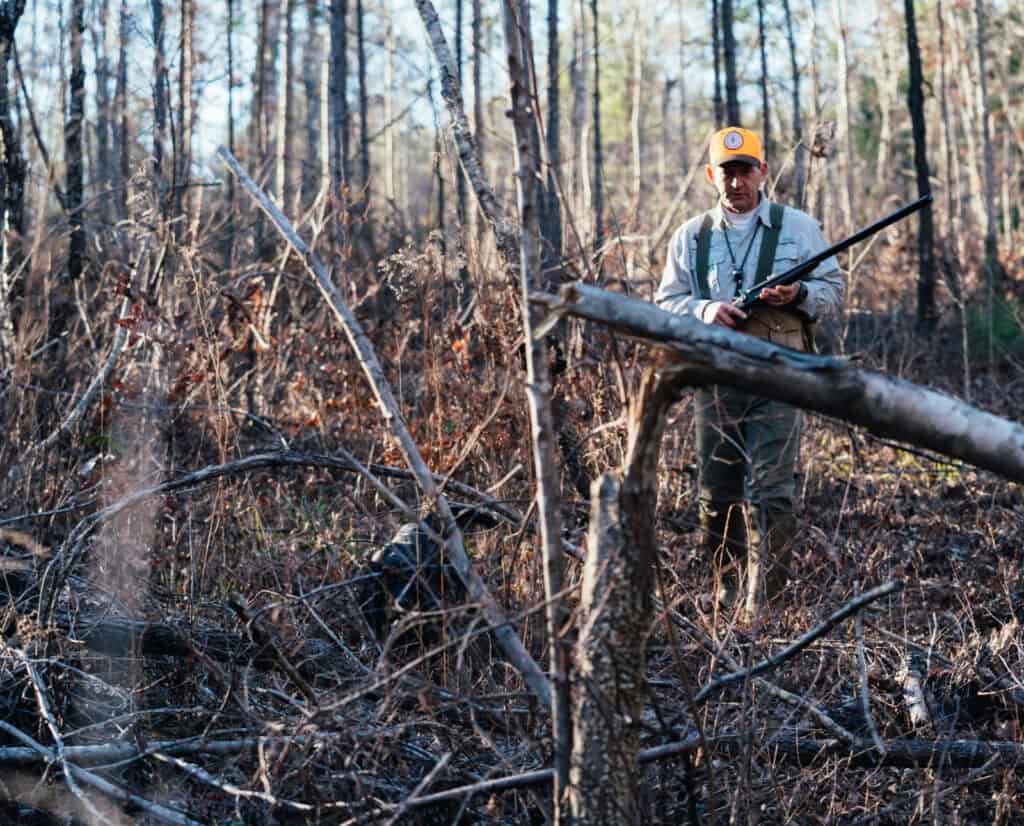
On The Southern Atlantic Coast
The fall migration culminates with birds spending the winter in states along the Gulf Coast. As woodcock reach their winter destinations in the South, timberdoodles occupy areas such as recently clearcut pine stands, coastal marshes, and bottomland swamps.
The regrowth after a pine clearcut is similar to that of the thicket dominated draws and old fields found in the Midwest. Briars, brambles, and various woody sprouts provide the same high stem count woodcock find irresistible across their range. The preferred habitat only lasts a few years before developing into taller, more mature timber. Fortunately, in pine country, other recent clearcuts are scattered across nearby properties providing woodcock new places to reside as older regrowth areas lose their luster.
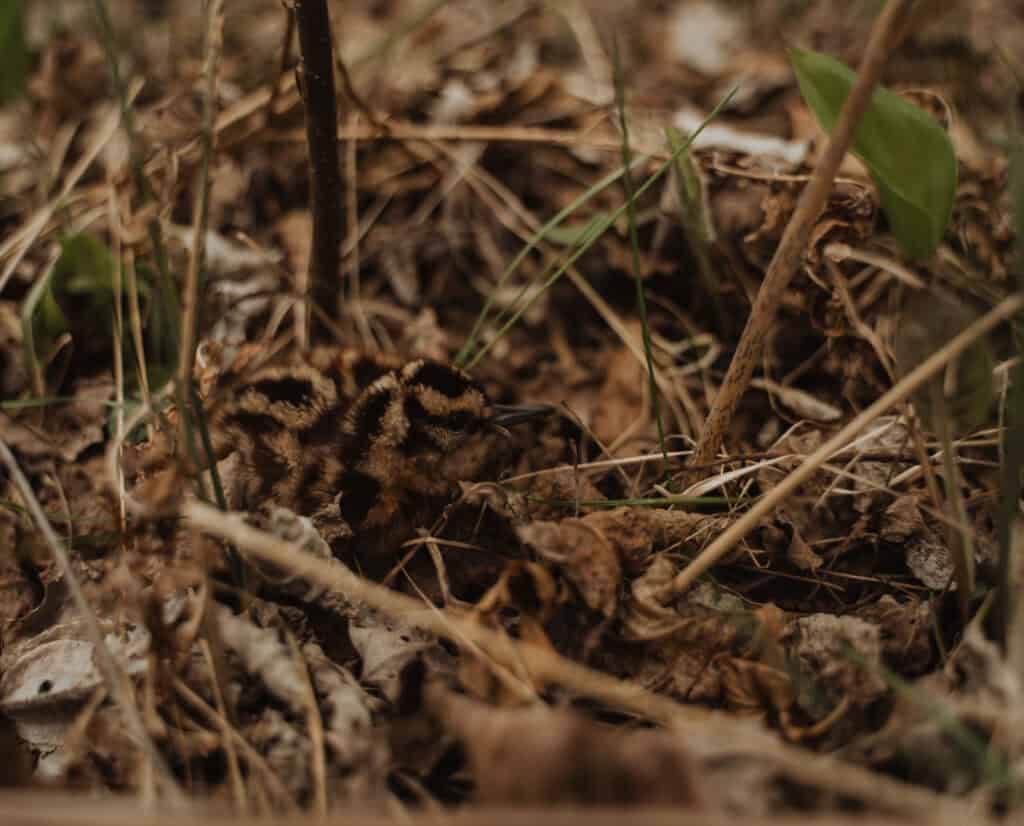
American Woodcock Spring Nesting Habitat
Some species of game birds utilize different habitats throughout different seasons of the year. But the American woodcock uses the same type of habitat for nesting as they use during migration. Dense riparian areas or overgrown fields with little more than leaf litter covering the ground provide ideal nesting locations. Nesting in this type of habitat allows newly hatched chicks to immediately begin feeding on worms and invertebrates rather than having to relocate from a nest site to a brood rearing area.
Whether in the Northwoods, migrating through the Midwest, or over wintering in the South, one thing is certain, the American woodcock are consistent in their habitat preference. Many of these areas can be found during the off season by scouring online aerial mapping apps. Ground truthing areas can ensure plenty of covers to hunt this season. When you find those high stem count areas that make you question your ability to walk through the area, there is a good chance you will find a woodcock or two hanging around this fall.
Raised in the upland bird mecca of Kansas, the passion for upland birds was born at a young age for Kyle Hedges. He has now spent over 25 years managing upland game habitat on public lands in Kansas and Missouri for State Conservation Agencies. He also works as a Habitat Consultant for Land and Legacy, assisting landowners across the country with improving their properties.
Frank Loncarich has been a wildlife biologist for over 20 years, specializing in bobwhite and grassland management. He is also a Habitat Consultant for Land and Legacy.



